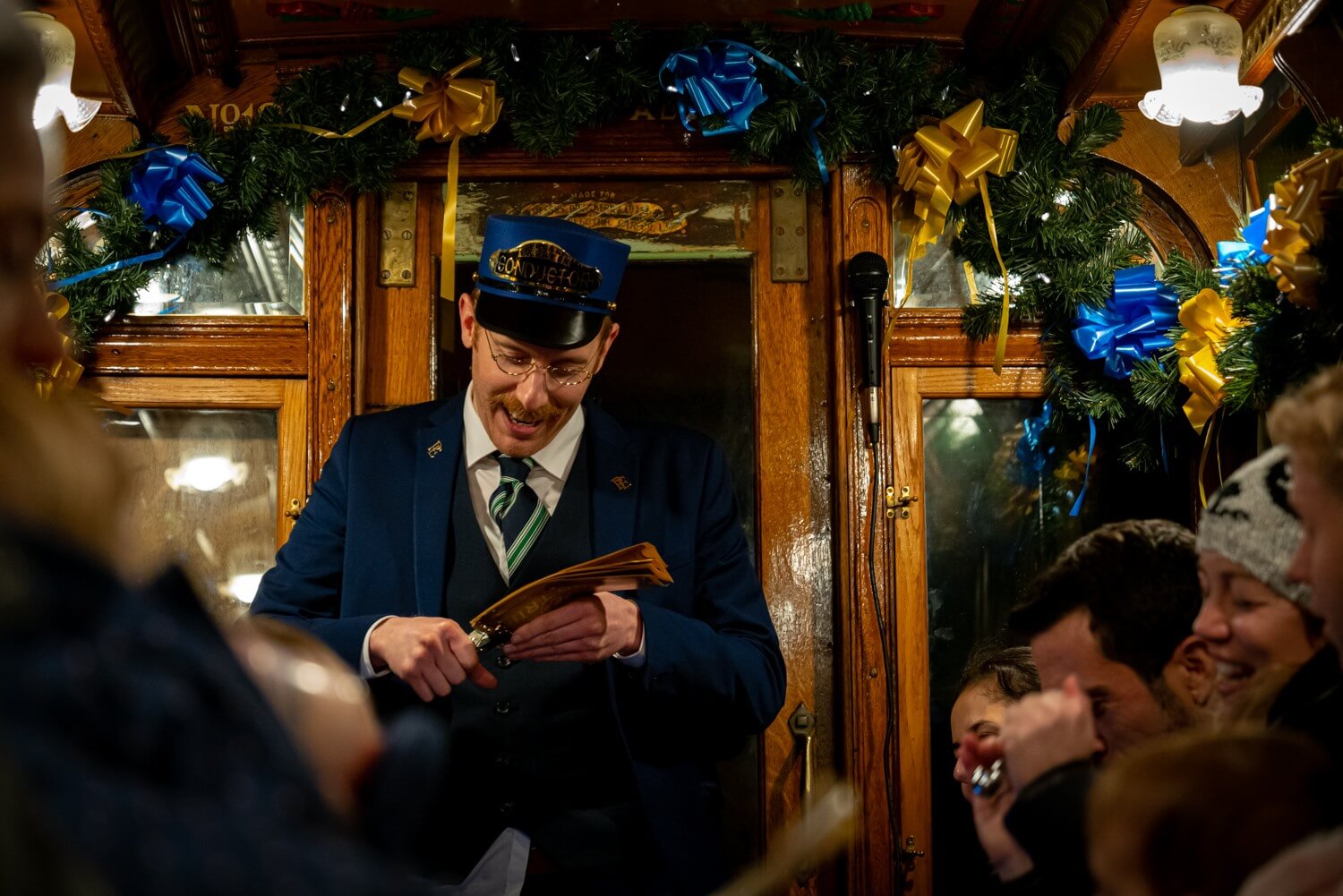

One interpretation is that the ships represent the camels used by the biblical Magi (the Three Wise Men), who brought gifts to the baby Jesus. Scholars have offered several interpretations of the lyrics, which refer to three ships sailing into Bethlehem (a landlocked city). The earliest printed version of this traditional English carol is from the 1600s, but it is often associated with the Victorian era because it was included in a seasonal collection published in 1833.

Listen for combinations of “The Sorcerer’s Apprentice” and “We Three Kings,” “God Rest Ye Merry, Gentlemen” and “Carol of the Bells,” overture to “The Marriage of Figaro” and “Joy to the World, “March to the Scaffold” and Mozart’s bassoon concerto, and more. 1969), best known for composing concertos for many instruments, combines famous bassoon excerpts with popular Christmas carols in “Bassoon It Will Be Christmas.” The piece was commissioned by conductor Michael Krajewski, who wanted a new orchestral Christmas work, and Stephenson received Krajewski’s approval of the title before beginning to write the piece. Fiedler’s successor, composer and conductor John Williams, described Anderson as “one of the great American masters of light orchestral music.”īassoon It Will Be Christmas, by James Stephenson Many of Anderson’s works were premiered by the Boston Pops Orchestra under the direction of Arthur Fiedler. Performed frequently by both wind and string ensembles, this piece is a prime example of the kind of music for which Anderson became famous. Composed in 1950 by Leroy Anderson (1908–1975), “A Christmas Festival” is an overture built on traditional holiday songs.


 0 kommentar(er)
0 kommentar(er)
